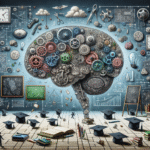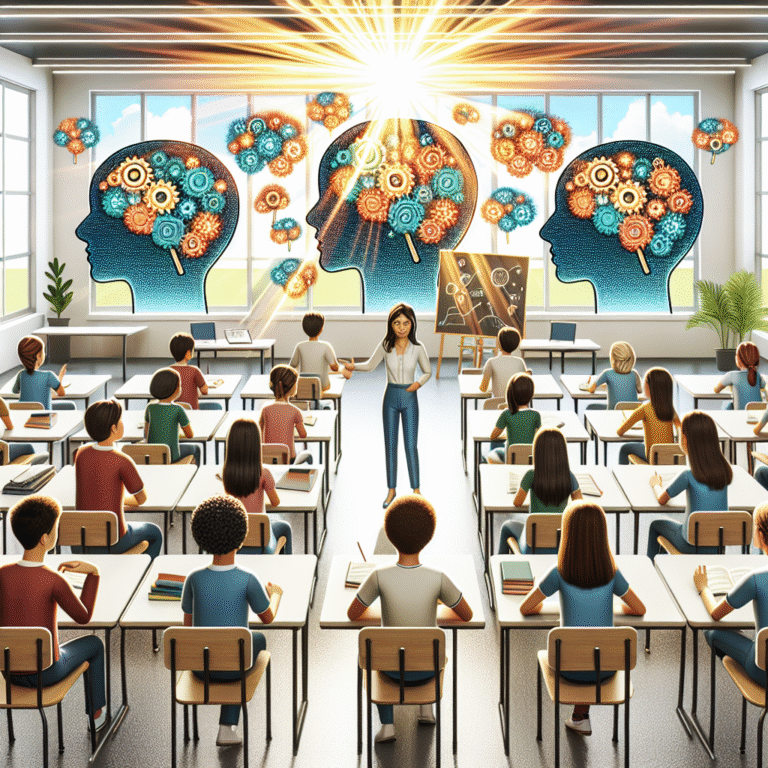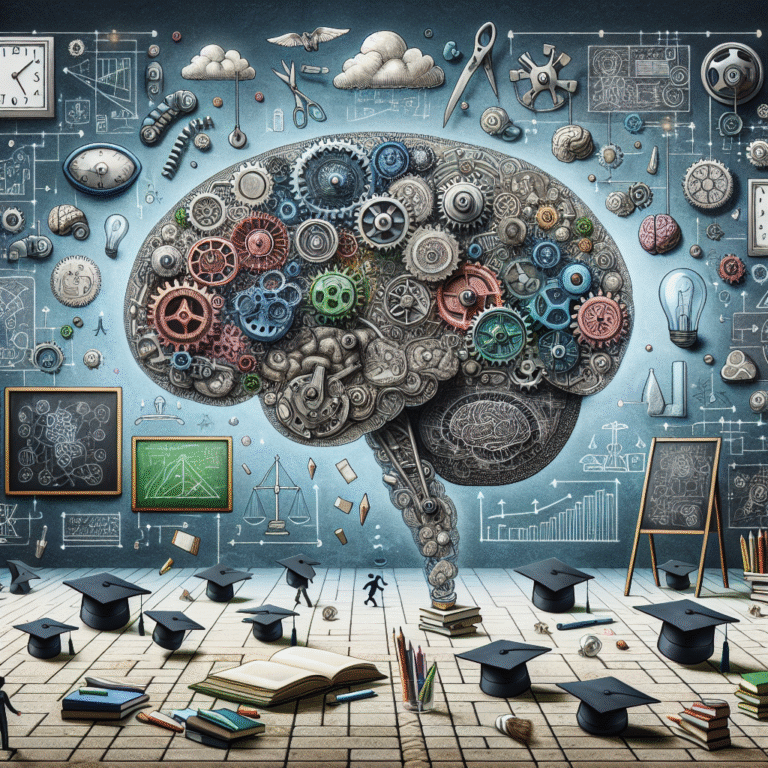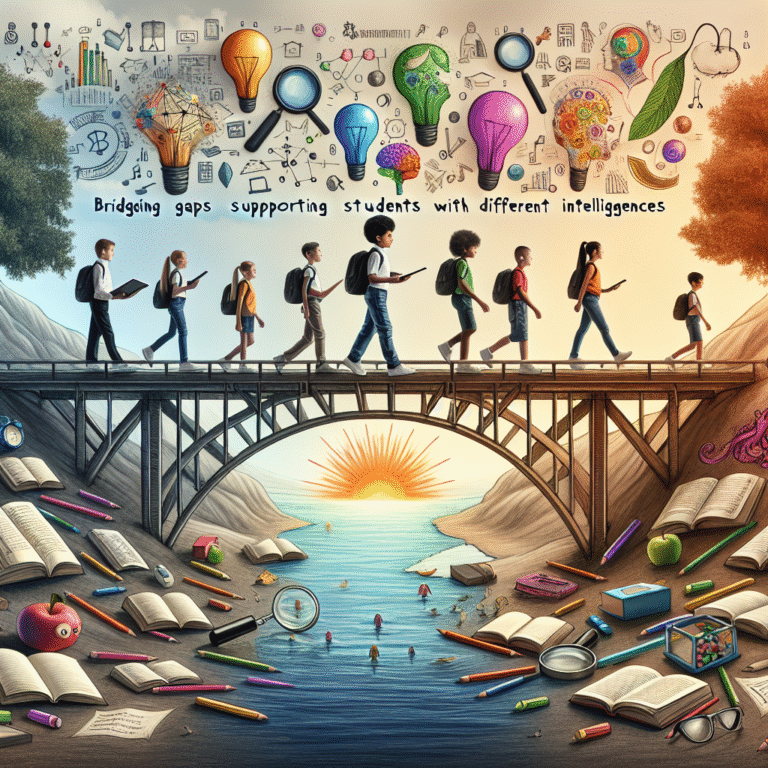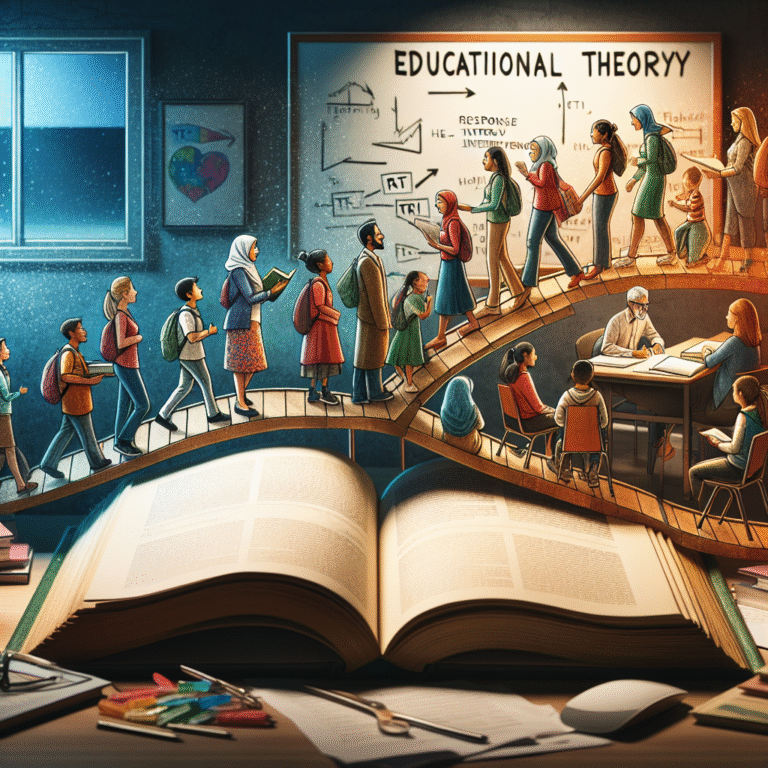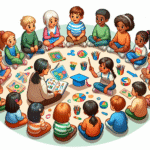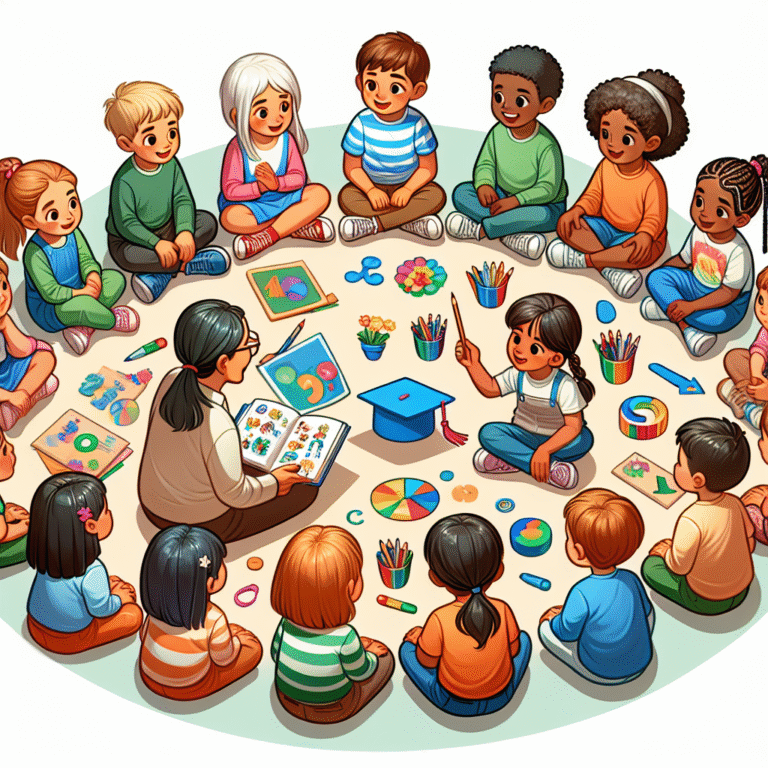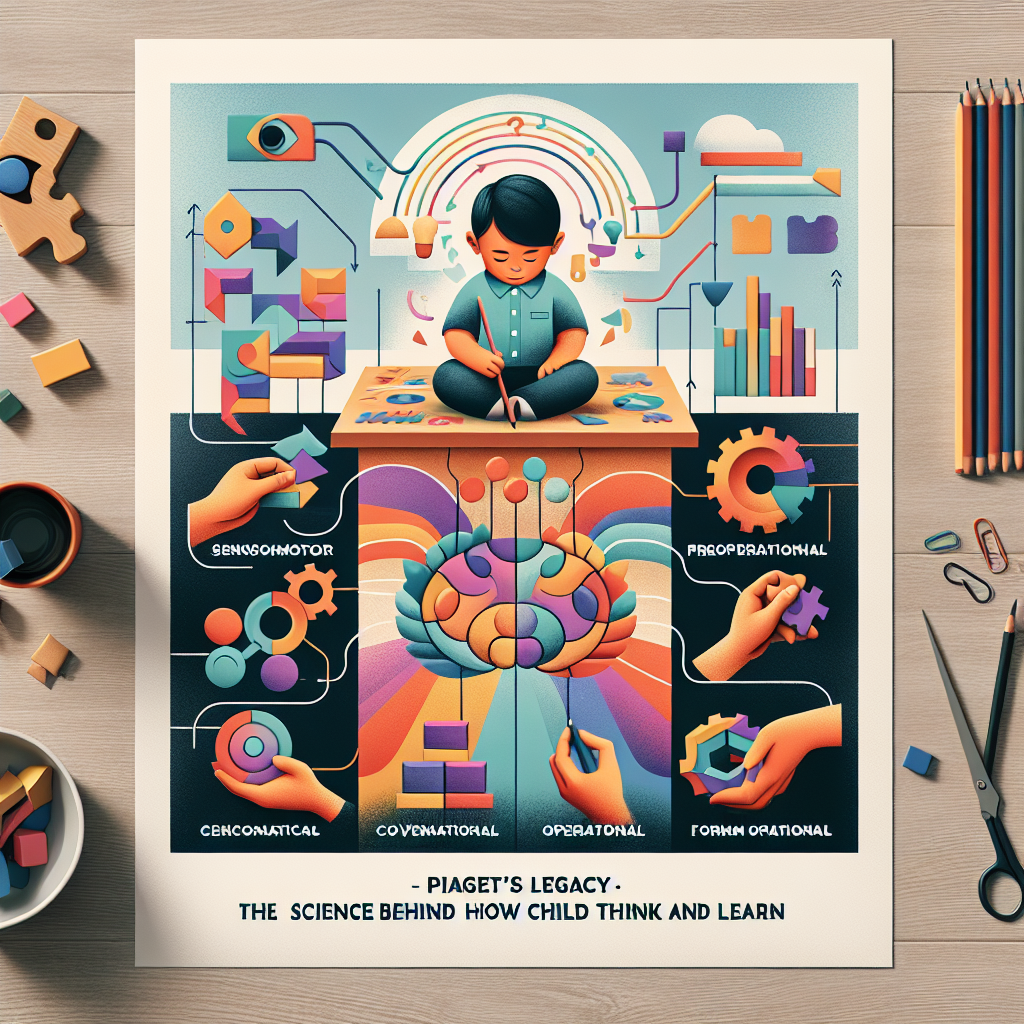
Introduction
Have you ever wondered why children behave and think the way they do? From the moment they take their first steps, children embark on a journey of discovery that shapes their perceptions and interactions with the world. Understanding this fascinating process not only illuminates child development but can significantly enhance educational strategies and parenting approaches. At the heart of this exploration lies Piaget’s Legacy: The Science Behind How Children Think and Learn.
Jean Piaget, a Swiss psychologist, revolutionized our comprehension of childhood cognition. His theories provide a scaffold to comprehend how children construct knowledge, make sense of their experiences, and interact with their environments. In this article, we will delve deep into Piaget’s insights, exploring their profound implications for education, parenting, and psychological development.
A Journey Through Piaget’s Stages of Cognitive Development
The Sensorimotor Stage (Birth to 2 Years)
In the initial stage of cognitive development, infants learn about the world through their senses and motor activities. They interact with their surroundings, engaging in behaviors such as touch, manipulation, and exploration.
Key Feature: Object Permanence
One of the essential milestones in this stage is the understanding of object permanence—the realization that objects continue to exist even when they cannot be seen. This foundational concept sets the stage for more complex cognitive functions in later years.
The Preoperational Stage (2 to 7 Years)
As children transition to the preoperational stage, their thinking becomes more symbolic. They begin to use language and engage in imaginative play, yet their reasoning is still intuitive and egocentric.
Case Study: Imaginative Play and Learning
Elizabeth, a five-year-old, creates a complex world using blocks and toy figures. During her play, she acts out scenes that reflect her understanding of real-life events, such as going to the grocery store. This imaginative play, a hallmark of the preoperational stage, enhances her problem-solving skills and emotional intelligence.
The Concrete Operational Stage (7 to 11 Years)
In the concrete operational stage, children start to think logically about concrete events. They develop an understanding of the concept of conservation—the idea that quantity remains the same despite changes in shape or appearance.
Example: Conservation Experiment
Consider a classroom where students are shown two equal-sized balls of clay. After one ball is flattened into a disk, students must determine if the amount of clay has changed. This experiment demonstrates their cognitive growth; by the end of this stage, children typically grasp that, despite the different appearances, the amount remains constant.
The Formal Operational Stage (12 Years and Up)
Finally, Piaget posits that adolescents enter the formal operational stage, enabling them to think abstractly and critically. This cognitive leap allows them to ponder hypothetical situations and engage in deductive reasoning.
Case Study: Critical Thinking in High School
In an advanced high school science class, students are tasked with creating their own experiments to test hypotheses. This requires abstract thinking and the ability to lend critical analysis to outcomes. Students who grasp formal operational thinking can evaluate evidence effectively and derive logical conclusions.
Piaget’s Legacy: Implications for Education
Constructivist Learning Theory
Piaget’s legacy is most evident through his constructivist learning theory, which asserts that individuals learn best when they actively engage with concepts rather than passively receive information. Educational practices grounded in this approach promote critical thinking and problem-solving.
Example: Project-Based Learning
In project-based learning environments, students tackle real-world problems collaboratively. This method is rooted in the idea that students, through active participation and inquiry, construct their understanding of the material.
The Role of Play in Learning
Piaget highlighted the importance of play as a vehicle for cognitive development. Engaging in play allows children to experiment, take risks, and develop social skills.
Table: The Benefits of Play in Learning
| Type of Play | Cognitive Benefits | Social Benefits |
|---|---|---|
| Symbolic Play | Enhances creativity and imagination | Encourages collaboration |
| Constructive Play | Develops spatial awareness | Fosters teamwork |
| Dramatic Play | Improves emotional understanding | Builds communication skills |
Real-World Applications of Piaget’s Theories
Early Childhood Education
Incorporating Piaget’s theories into early childhood education settings provides teachers with a roadmap for creating engaging and effective learning experiences. Activities that promote exploration and manipulation resonate well with children at the sensorimotor and preoperational stages, laying a solid foundation for later academic success.
Case Study: Montessori Approach
The Montessori method emphasizes child-led learning, allowing children to explore materials and engage in self-directed activities. This aligns seamlessly with Piaget’s views and illustrates how his legacy can shape educational practices.
Special Education
Understanding Piaget’s stages helps educators tailor instruction to children with learning disabilities. For instance, knowing that a child operates at a concrete operational level allows for differentiated instruction focusing on hands-on, experiential learning.
Example: Adaptive Learning Strategies
An educator may use visual aids and tactile materials to support concrete learners or incorporate real-life scenarios to bridge comprehension gaps.
Beyond Piaget: Integrating Modern Research
While Piaget laid the groundwork for understanding cognitive development, contemporary research has expanded upon his ideas. Fields like neuropsychology and cognitive neuroscience deepen our insights into how the brain develops during childhood.
The Role of Technology
In today’s digital age, understanding how children think and learn also involves examining the growing influence of technology on cognitive development. Interactive educational apps and online collaboration tools present both challenges and opportunities.
Case Study: Digital Learning Environments
Schools that implement technology-enhanced learning environments see a blend of traditional and modern teaching strategies, enabling students to thrive in both analytical and creative capacities.
Conclusion
Piaget’s Legacy: The Science Behind How Children Think and Learn is more than a historical narrative; it’s a critical guide for educators, parents, and anyone engaged in child development. By understanding the key stages of cognitive growth and applying these insights to education and parenting, we can foster environments that nurture curiosity, creativity, and a lifelong love for learning.
As we embrace Piaget’s teachings, let’s remember that every child is a unique learner. By observing and responding to their needs, we can empower them to explore, question, and ultimately understand the world around them.
FAQs
1. What are the key stages of Piaget’s cognitive development?
Piaget identified four stages: Sensorimotor, Preoperational, Concrete Operational, and Formal Operational. Each stage represents a distinct way in which children acquire knowledge.
2. How can Piaget’s theories be applied in the classroom?
Educators can design learning experiences that promote exploration, such as hands-on activities, constructive play, and collaborative projects, enabling students to construct their understanding.
3. What role does play have in child development?
Play is crucial for cognitive, social, and emotional development. It allows children to explore, experiment, and engage with their environment, fostering essential skills.
4. How can parents support their child’s cognitive development at home?
Parents can encourage learning through interactive play, question them about their thoughts, and provide opportunities for exploration and creativity.
5. Are Piaget’s theories still relevant today?
Yes, while modern research has added depth to our understanding of cognitive development, Piaget’s theories remain foundational and continue to influence educational practices globally.
By applying the principles of Piaget’s Legacy: The Science Behind How Children Think and Learn, we can cultivate a future of inquisitive, thoughtful, and resilient learners.



